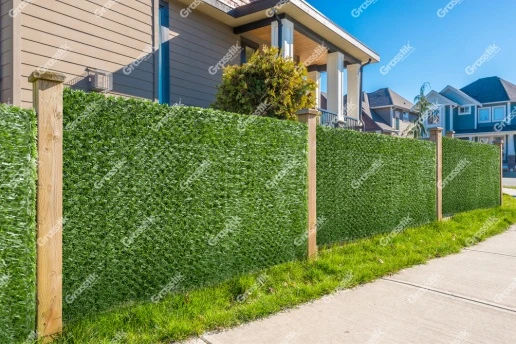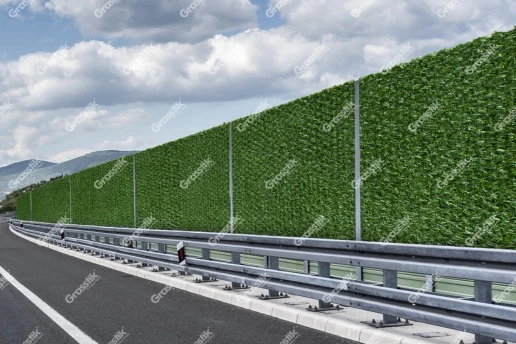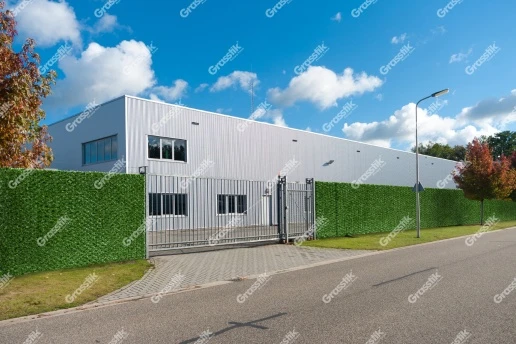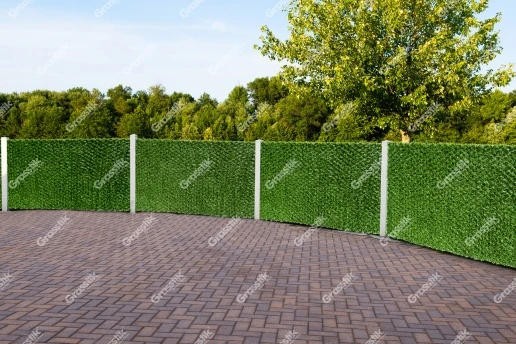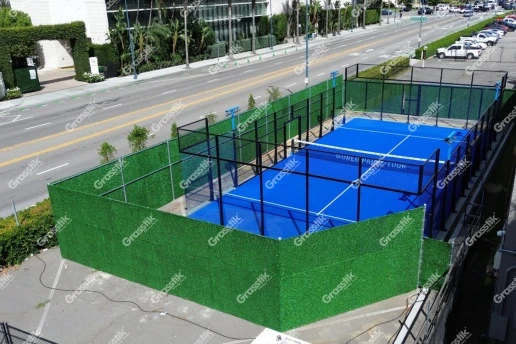
Pickleball, a sport combining elements of tennis, badminton, and ping-pong, is played on a rectangular court similar in size to a badminton court. The game involves a paddle and a plastic ball with holes, played either as doubles or singles. A crucial aspect of a pickleball court is the pickleball fence, designed to enclose the playing area. Pickleball court fencing not only defines the court boundaries but also prevents balls from straying too far during the game, enhancing both safety and convenience.
Why do Pickleball Courts Need Fences?
Fencing for pickleball courts serves multiple purposes. Firstly, it keeps the ball within the playing area, minimizing game interruptions and ensuring a smoother flow of play. Secondly, fencing for pickleball courts acts as a safety barrier, protecting players from potential hazards outside the court. Moreover, a privacy fence around the court can provide a secluded environment, free from distractions and intrusions, allowing players to focus solely on the game.
Beyond keeping balls in play, fences offer a multitude of benefits and it’s better to choose the fences if they provide all these benefits at affordable prices:
- Safety: Protects players from errant balls, especially near boundaries.
- Security: Deters unwanted access and potential equipment theft.
- Privacy: Creates a secluded atmosphere for focused play and neighborly peace.
- Aesthetics: Enhances the court's appearance and blends seamlessly with surrounding areas.
What are Pickleball Field Fences used for?
The primary role of a pickleball court fence is to offer security and privacy. These fences, constructed from various materials like chain link, vinyl, or wood, serve not just as functional boundaries but also contribute to the court's aesthetic appeal. They ensure the security of the playing area, deterring unauthorized access and protecting equipment. Additionally, the fence can be customized for privacy, with options like vinyl privacy fence panels, which offer seclusion and enhance the court's appearance.
How to Choose a Pickleball Court Fence?
When considering pickleball fencing, the choice of material is crucial. Traditional materials like chain link or wood are common, but innovative options such as composite panels or vinyl privacy fence panels offer added benefits like lower maintenance and better privacy. When designing a pickleball court fence, factors like durability, weather resistance, and visual appeal should be considered, alongside the standard functionality of enclosing the court.
Chain Link Fences for Pickleball Courts:
Pros: Affordable, durable, allows light and air flow.
Cons: Less privacy, balls can get wedged in mesh.
Vinyl Fences for Pickleball Courts:
Pros: Low maintenance, various colors and styles, privacy options.
Cons: Can be susceptible to damage from extreme weather or impacts.
Wood Fences for Pickleball Courts:
Pros: Classic look adds natural beauty, customizable.
Cons: Requires regular maintenance, susceptible to rot and warping.
Aluminum Fences for Pickleball Courts:
Pros: Lightweight, rust-resistant, low maintenance, modern look.
Cons: Can be more expensive than other options.
Mesh Panels Fences for Pickleball Courts:
Pros: Lightweight, portable, customizable privacy levels.
Cons: Less durable than permanent options, may require additional support.
It’s better to consider all the pros and cons and decide. In that aspect, privacy fences with chain link fences might be the best solution. Privacy fences and privacy fence panels around the court will provide safety, privacy, security, and aesthetics for the audience and players.
How to Install Pickleball Court Fences?
Installing a pickleball court fence requires careful planning. The process involves measuring out the court dimensions, ensuring enough space for pickleball court fence dimensions, and selecting suitable fencing materials. Installation methods can vary based on the type of fence chosen. DIY enthusiasts might opt for a straightforward approach with pre-made panels, while complex designs may require professional installation. Proper grounding and stable fixtures are crucial to withstand weather conditions and the impact of play, making the installation process a critical step in setting up a secure and functional pickleball court.
What is the Height of The Pickleball Court Fence?
The standard Pickleball court fence height typically ranges between 8 to 12 feet. This height is chosen to prevent balls from easily escaping the court, especially during vigorous play. The fence should be tall enough to contain play within the court while not obstructing views for spectators. Additionally, when considering pickleball court dimensions with fence, it's essential to account for sufficient buffer space around the court to ensure player safety and ease of movement around the court boundaries.
The regulation height for pickleball middle nets is 34 inches, but fence height should be significantly taller to account for powerful smashes and overhit balls. Here's a breakdown:
- Minimum Recommended Height: 6 feet.
- Optimal Height for Most Courts: 8-10 feet.
- Consider Higher Fences: If the court borders busy areas or has limited space.
Pickleball court fences are an integral part of the game, extending beyond just marking boundaries. They enhance safety, privacy, and overall playing experience. Choosing the right fencing material, ensuring proper installation, and adhering to recommended dimensions and heights are crucial for creating a functional and enjoyable pickleball court. Whether for a community center, a private residence, or a sports complex, a well-designed pickleball fence contributes significantly to the quality and enjoyment of the game.

